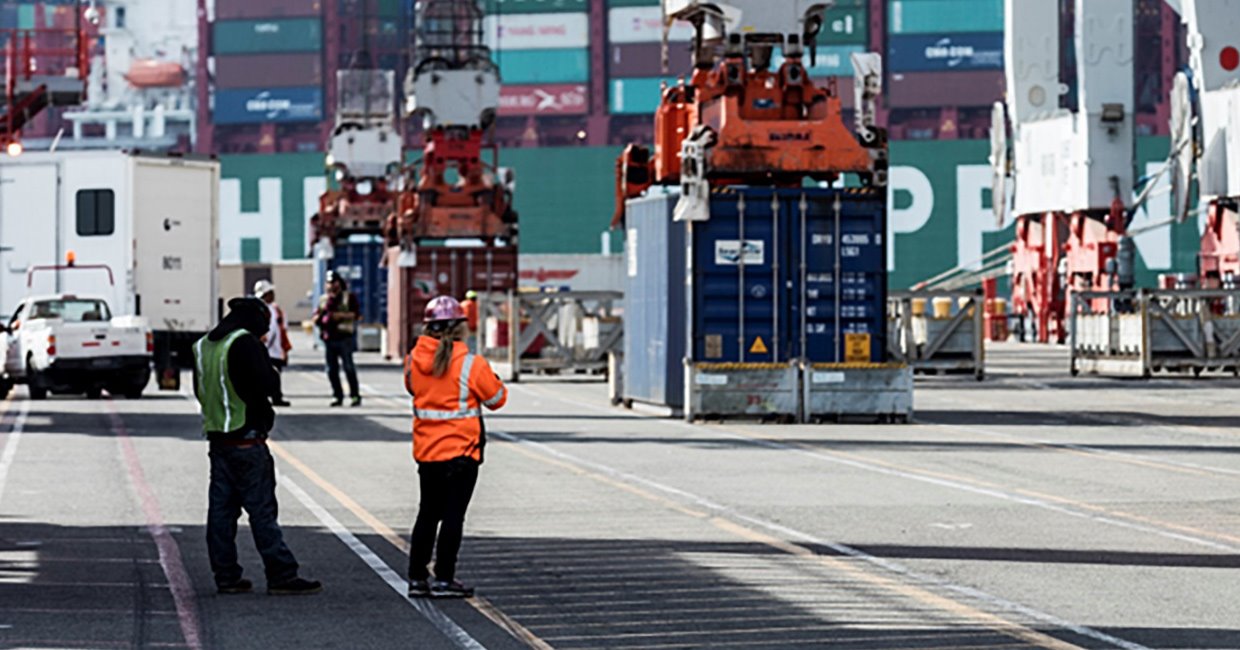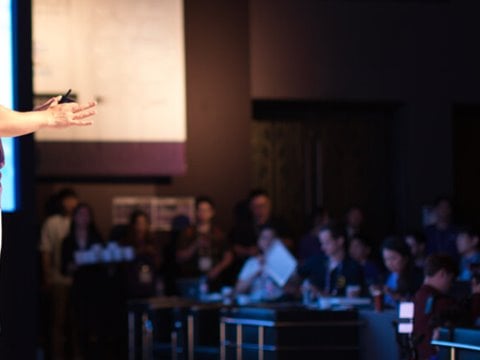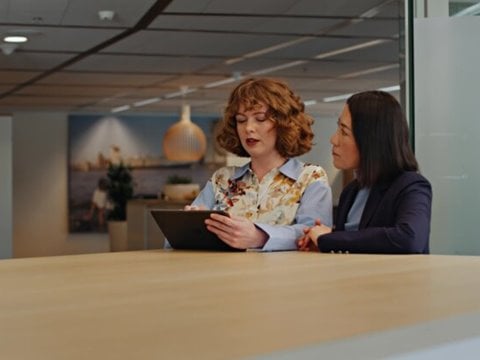
Let's stop reinventing the wheel for every terminal
Container terminal automation requires industry-wide standards
I meet regularly with the top management of our most important customers, and in the meetings we discuss openly about our industry and its future. The discussions show that we all believe that industrial automation, (i.e. automation and IT solutions merged together) is coming. As one CEO told me over dinner recently, ”In ten years all container terminals will be automated. They will not all be fully automated but they will certainly have some level of automation implemented.”
Automation is at the top of the agenda for container terminals and they have, not unreasonably, high expectations of how it will improve their operations. I have over 30 years of experience from other industries, and I have seen similar development curve several times. When comparing to others, container shipping industry is more than ten years behind in adopting automation. This means that we need to go through a similar learning process but we can be faster by making use of the learnings from other industries.
"I call for similar cooperation to our industry that has been accomplished in the airline industry to define their own requirements to suppliers."
Over the last few decades, the general trend in many industries has been to outsource engineering and development resources to external partners also called suppliers. I believe that the same will apply in the container shipping business, and that in the future port operators cannot justify having their own extensive engineering and development resources. Rather, trusted suppliers will deliver industry-wide, proven standard solutions with minimised costs and improved quality. In the future, negotiations will focus on guaranteed performance and availability instead of technical details like today. Our customers understand this trend, but struggle to adapt to these changes.
Need for global commercial standards
I feel that one of the most important factors holding back the entire container shipping industry today is the lack of global commercial standards for terminal automation. Until now, each deployment has been more or less unique, based on an interpretation of local regulations in addition to the specific needs of the terminal. This type of approach has created two challenges. Firstly, since each installation is largely custom-built, it hasn't been possible to reuse proven solutions and benefit from economies of scale. Secondly, as each solution requires a separate development process, it has taken longer to reach optimum performance for the automated terminal.

In large organisations with highly efficient procurement, development projects are typically broken into many sub-projects which are then tendered separately. Though this approach may lead to the lowest total solution cost on paper, in reality the approach requires someone to integrate all of these sub-projects together. This is costly and time-consuming.
In fact, underestimating the importance and complexity of system integration tends to be the principal reason for start-up difficulties at automated terminals. An automated container terminal involves an incredible amount of data that needs to be passed on and validated in real time between dozens of individual software and hardware systems. Someone must oversee the whole solution, and one hardware, TLS (Terminal Logistic System) or TOS (Terminal Operating System) provider alone cannot take responsibility for the total performance of the entire terminal if they have submitted quotations to sub-projects only. In these setups where the role of the system integrator has not been clearly defined, problems tend to lead to finger pointing instead of finding the fastest fix to the issue at hand.
In most industries, industrial automation has been standardised already many years ago. In terminal automation, however, the industry standards are lacking even in the basic technical architectures. As equipment and solution providers, we should do everything we can to facilitate the development of basic standards for terminal automation but instead, we tend to be protective of our installed base and our own solutions. Thus, it must be a joint effort and the end users should be active in this development too. I call for similar cooperation to our industry that has been accomplished in the airline industry to define their own requirements to suppliers.
Creating an infrastructure
The discussion around terminal automation today often revolves around individual automated machines; we hear a lot about how e.g. a terminal tractor would exhibit sophisticated autonomous behaviour in carrying out its tasks. Autonomous cars and driverless straddle carriers certainly excite the imagination, but building an efficient automated terminal will require more than getting 50 or 100 autonomous vehicles trying to navigate independently in the highly congested, narrow lanes of a container yard. Instead, we need to think of creating an infrastructure in which the entire automated system operates as a seamlessly integrated whole.
"We need to think of creating an infrastructure in which the entire automated system operates as a seamlessly integrated whole."
There are quite a many questions to be addressed. What type of wireless networking should we provide? What kind of navigation system do we use? Do we need two independent navigation technologies to secure the safety? Should the fibre-optic lines be doubled/tripled for redundancy? Which set of occupational safety guidelines do we need to follow? What kind of IT security requirements do we need to meet at an automated terminal? How do we protect the solutions against potential terrorist attacks? These and many topics more need to be discussed together. Whatever standards and benchmarks the industry sets for the required service and performance levels, we as a supplier will meet and exceed. But as solution providers, I feel strongly that we should not reinvent the wheel every time we deploy an automated container handling system.
To push our industry effectivity to the next level, we should be able to "copy with pride" the existing proven solutions. Global industry standards are the only way to accomplish this. Having a consistent set of definitions that spell out what the end users need, how systems should be interfaced, as well as what levels of safety, security and reliability are required will enable solution providers to get on with the task of meeting these needs faster and more cost-effectively than ever – all for the ultimate benefit of the customers.
Antti Kaunonen
President, Kalmar
Related articles
Further reading
Subscribe and receive updates in your email
Subscribe













